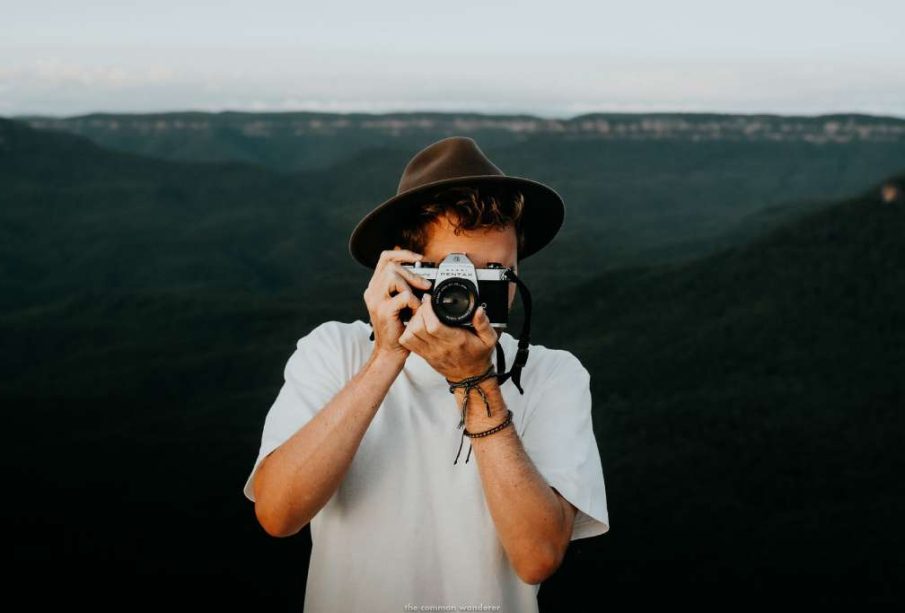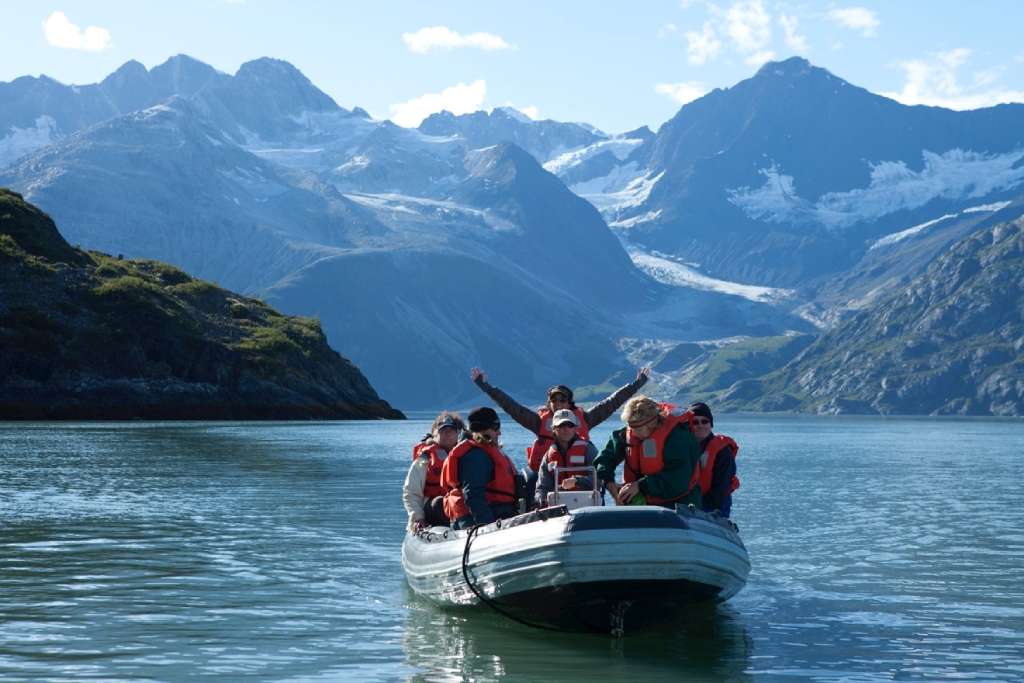Travel Photography Tips: Capturing Your Journey

Travel photography is a wonderful way to document your adventures and create lasting memories. Capturing the essence of a place, its people, and its culture can be both challenging and rewarding. Whether you’re a beginner or an experienced photographer, these tips will help you take stunning travel photos that tell the story of your journey.
Plan Ahead
Planning ahead can make a significant difference in the quality of your travel photos.
- Research Your Destination: Learn about the most photogenic spots, local customs, and any restrictions on photography. This will help you make the most of your time and capture unique images.
- Golden Hour: The best natural lighting occurs during the golden hours—shortly after sunrise and before sunset. Plan to shoot during these times for soft, warm light and beautiful shadows.
Pack Smart
Bringing the right gear without overpacking is crucial for travel photography.
- Essential Gear: A good camera, a versatile lens (such as a 24-70mm or 18-55mm), extra batteries, memory cards, and a lightweight tripod are essential.
- Protection: Protect your gear with a sturdy camera bag and consider weather-resistant equipment if you’re traveling to places with extreme weather conditions.
- Lightweight Options: If you want to travel light, consider a high-quality smartphone camera or a compact mirrorless camera.
Learn Your Camera Settings
Understanding your camera settings will help you capture better photos in different conditions.
- Manual Mode: Learn to use manual mode to control aperture, shutter speed, and ISO. This allows for greater creative control and better results in challenging lighting conditions.
- Focus Modes: Use different focus modes such as single-point focus for stationary subjects and continuous focus for moving subjects.
- Exposure: Learn to read your camera’s histogram to ensure your photos are properly exposed.
Compose Thoughtfully
Good composition is key to creating visually appealing photos.
- Rule of Thirds: Divide your frame into a 3×3 grid and place your subject along the grid lines or at their intersections for balanced and dynamic compositions.
- Leading Lines: Use natural lines in the scene, such as roads, rivers, or architectural elements, to lead the viewer’s eye toward the subject.
- Framing: Frame your subject with elements like doorways, windows, or trees to add depth and context to your photos.

Capture Local Life
Photographing local life can add authenticity and depth to your travel photos.
- People: Capture candid shots of locals going about their daily activities. Be respectful and ask for permission when necessary.
- Events and Festivals: Attend local events, markets, and festivals to capture vibrant scenes and cultural moments.
- Details: Focus on small details that tell a story, such as local crafts, food, or street signs.
Experiment with Angles and Perspectives
Changing your angle or perspective can add interest and variety to your photos.
- Low and High Angles: Get down low or shoot from above to create unique and compelling images.
- Wide and Close-Up Shots: Mix wide-angle shots that capture the entire scene with close-up shots that highlight specific details.
- Reflections and Symmetry: Use reflections in water or mirrors and look for symmetrical compositions to add visual appeal.
Use Natural Light
Natural light can enhance the mood and quality of your photos.
- Golden Hour: As mentioned, shooting during the golden hours provides the best natural light. The soft, warm light adds a magical quality to your photos.
- Blue Hour: The blue hour, just before sunrise and after sunset, offers a cool, soft light that is perfect for cityscapes and landscapes.
- Diffused Light: On cloudy days, the diffused light can reduce harsh shadows and provide even lighting, ideal for portraits and close-ups.
8. Edit Your Photos
Editing can enhance your photos and bring out their full potential.
- Basic Adjustments: Adjust brightness, contrast, saturation, and sharpness to improve the overall look of your photos.
- Cropping and Straightening: Crop your images to improve composition and straighten any tilted horizons.
- Use Editing Apps: Use photo editing software like Adobe Lightroom, Photoshop, or mobile apps like Snapseed and VSCO for on-the-go editing.
Tell a Story
Your travel photos should tell a story and convey the essence of your journey.
- Chronological Order: Arrange your photos in chronological order to create a visual narrative of your trip.
- Themes and Series: Group photos by themes or create series that highlight different aspects of your journey, such as food, architecture, or landscapes.
- Captions and Notes: Add captions or notes to your photos to provide context and share your experiences with others.
Be Respectful and Mindful
Respect for local customs and the environment is crucial when photographing in different cultures and natural settings.
- Ask for Permission: Always ask for permission before photographing people, especially in close-up portraits or culturally sensitive situations.
- Respect Privacy: Be mindful of people’s privacy and avoid photographing private moments or places where photography is not allowed.
- Environmental Awareness: Practice Leave No Trace principles and avoid disturbing natural habitats or wildlife while capturing your shots.
Conclusion
Travel photography is a rewarding way to document your adventures and create lasting memories. By planning ahead, packing smart, understanding your camera settings, composing thoughtfully, capturing local life, experimenting with angles and perspectives, using natural light, editing your photos, telling a story, and being respectful and mindful, you can take stunning photos that truly capture the essence of your journey. Embrace the art of travel photography and enjoy the process of creating beautiful images that reflect your unique experiences.























